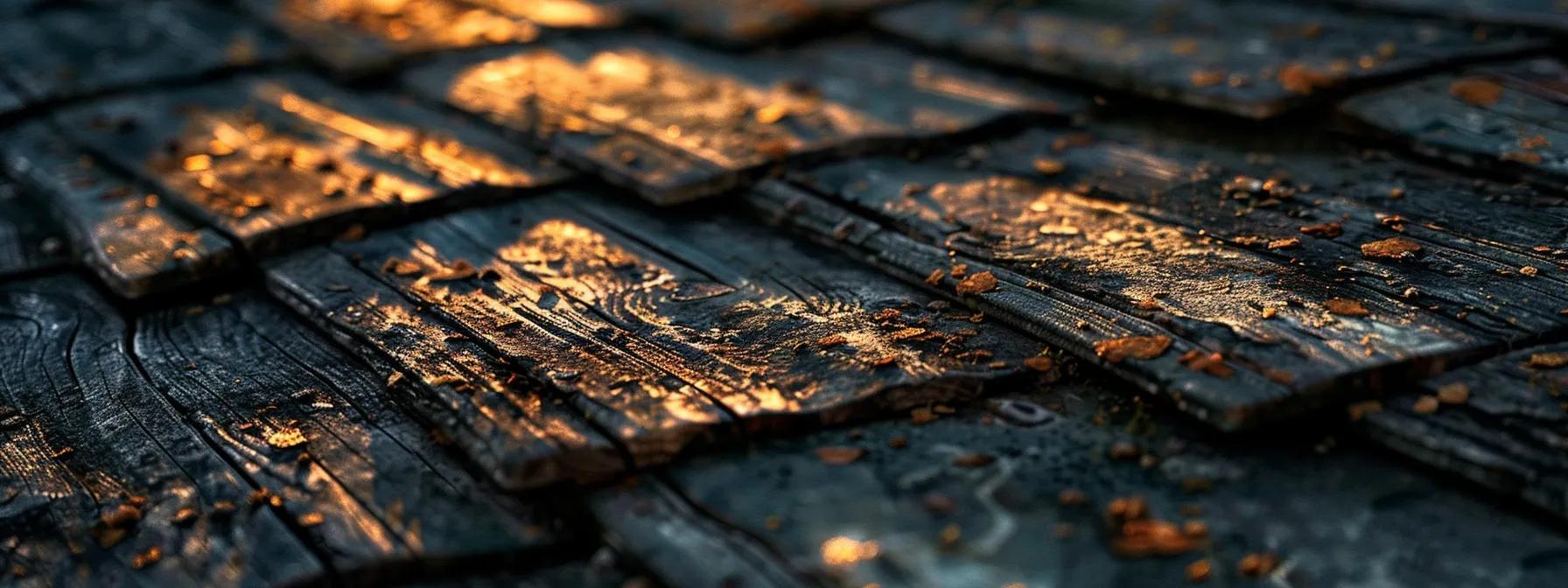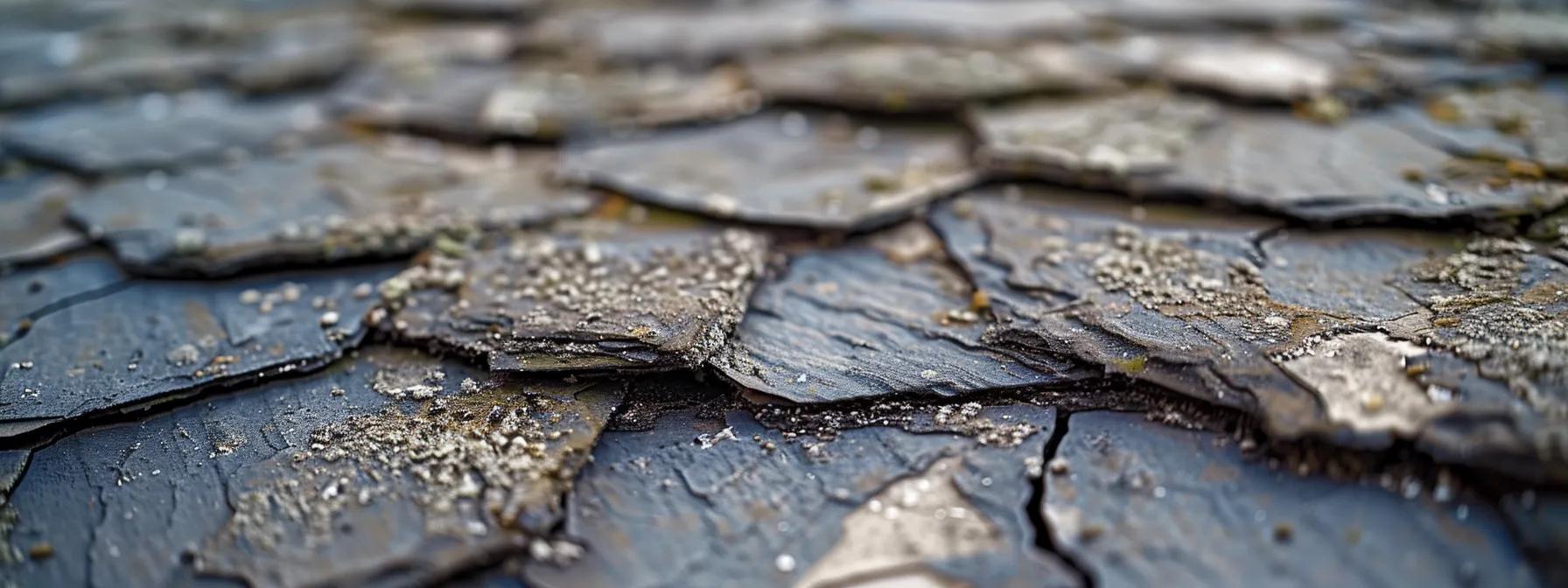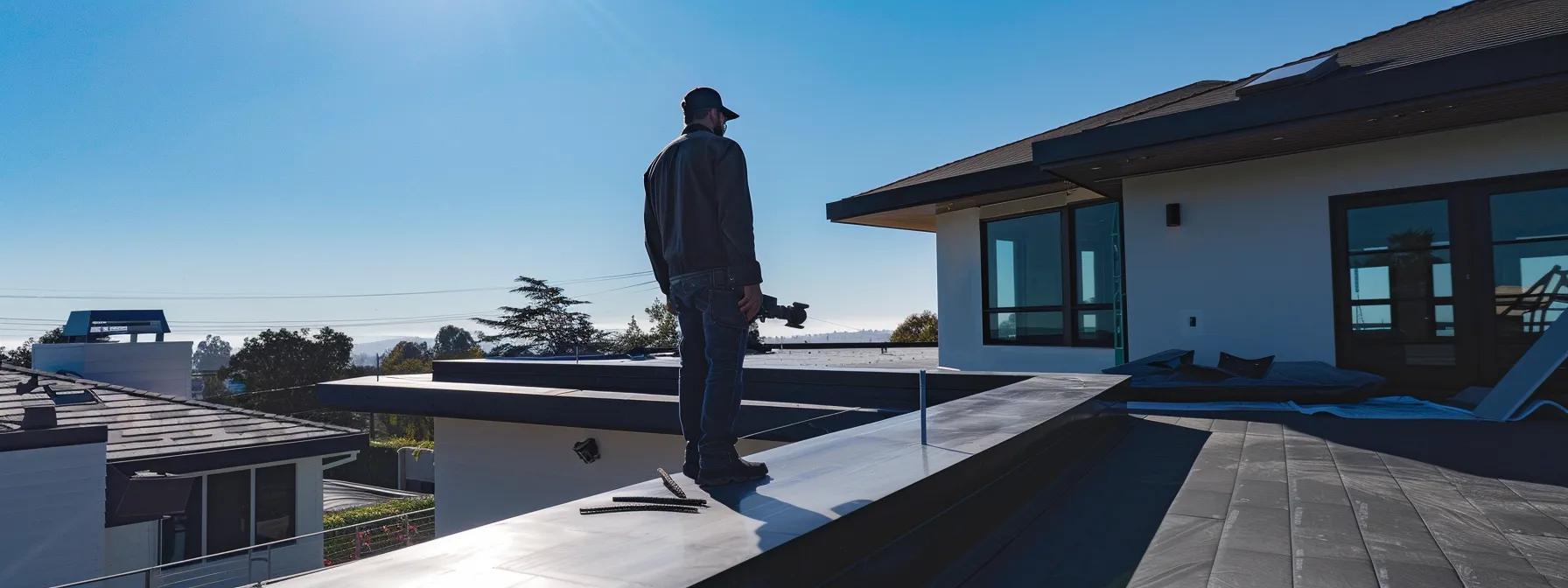The integrity of your roof is vital for protecting your home or business. Over time, even well-installed roofs can suffer from issues due to weather, wear, and other factors. This article highlights the most common roofing problems—including roof leaks, missing shingles, damaged flashing, granule loss, and sagging roofs—explains their causes, and outlines effective prevention and repair strategies. Homeowners and property managers will learn how regular inspections, proper maintenance, and the right roofing materials can safeguard their investment.
What Are the Most Common Causes of Roof Leaks in Your Area?
Roof leaks occur when water finds its way through weak spots in the roofing system. Common causes include damaged shingles, defective flashing, and harsh weather conditions.
How Do Damaged Shingles Lead to Roof Leaks?
Cracked or worn shingles lose their sealing ability, exposing the roof’s underlying layers. Even minor shingle damage can allow moisture to penetrate, leading to interior water stains and structural damage. Regular inspections help identify curling, missing granules, or cracks early, so repairs can be made before serious leaks develop.
What Role Does Damaged Flashing Play in Roof Leaks?
Flashing directs water away from roof penetrations like chimneys and vents. When flashing is corroded, improperly installed, or damaged by impact, gaps can form that let water seep in. Timely maintenance and repair or replacement of flashing are crucial to prevent extensive water damage and mold growth.
How Do Ice Dams and Weather Conditions Cause Roof Leaks?
In cold climates, ice dams form when melting snow refreezes along the roof edge. The trapped water can back up under the shingles, leading to leaks. Fluctuating temperatures and heavy snowfall worsen this issue. Preventative measures such as proper insulation and ventilation are essential to reduce the risk of ice dam-induced damage.
What Are the Early Signs of Roof Leaks Homeowners Should Watch For?
Early indicators include water stains on ceilings or walls, a musty odor, and damp spots in attics. By keeping an eye out for these signs during routine visual inspections of both the roof’s exterior and interior, homeowners can address issues before they escalate into costly repairs.
How Can Roof Leaks Be Effectively Repaired and Prevented?
Effective repairs begin with a thorough inspection to identify all contributing issues. Replacing damaged shingles, sealing vulnerable spots with quality roofing sealant, and fixing or replacing loose flashing are key steps. Regular maintenance, combined with the use of reliable, weather-resistant materials, minimizes future leak risks.
Why Do Shingles Go Missing and How Can You Identify This Problem?

Missing shingles compromise the roof’s protective barrier and can eventually lead to significant damage. Understanding the causes and identifying missing shingles early is critical for maintaining roof integrity.
What Weather Factors Cause Missing Shingles in Your Area?
High winds, heavy rain, and hail are common culprits, as severe conditions can lift or break shingles. Poor installation and aging can also contribute. After stormy weather, it is wise to inspect your roof and replace any that are missing or damaged.
How Can You Spot Missing Shingles Before They Cause Damage?
Look for gaps, exposed underlayment, or discolored areas on the roof. Small missing patches often occur alongside curled or broken shingles. Using binoculars to inspect hard-to-reach areas or hiring a professional roofer can ensure early detection.
What Are the Best Solutions for Repairing Missing Shingles?
For missing shingles, the best approach is replacement. Minor issues might be resolved with roofing cement or overlay methods, but extensive loss usually requires a professional roofing contractor to ensure proper alignment and adhesion.
How Can Proper Installation and Maintenance Prevent Shingle Loss?
Using high-quality materials and correct installation techniques—such as proper nailing patterns—can prevent premature shingle loss. Regular inspections and prompt repair of any signs of deterioration help maintain a secure roof for the long term.
How Does Damaged Flashing Affect Your Roof and How Can You Detect It?
Damaged flashing can seriously compromise your roof by allowing water intrusion at vulnerable points such as around chimneys and skylights.
What Causes Flashing Damage Around Chimneys, Vents, and Skylights?
Corrosion, physical impacts, and incorrect installation are common causes. Continuous exposure to water and debris, coupled with UV deterioration, further weakens flashing. Insufficient overlap during installation can also create gaps that allow water to penetrate.
What Are the Warning Signs of Damaged Flashing?
Visible rust, gaps, or buckling near chimneys, vents, and skylights indicate flashing failure. Interior water stains beneath these areas often confirm the need for repair. Regular post-storm inspections are critical to catching such issues early.
What Repair Methods Are Available for Damaged Flashing?
Minor damage might be fixed by resealing with a high-quality roofing sealant, while more severe issues require section replacement or full re-flashing. A professional contractor can determine the most cost-effective solution.
How Can Regular Inspections Prevent Flashing Problems?
Periodic inspections by trained roofing professionals can detect early signs of flashing deterioration. Using a systematic approach to check all vulnerable areas ensures that any problems are addressed before they lead to major leaks.
What Is Granule Loss on Shingles and Why Is It a Concern?

Granule loss is an indicator of aging and weather-damaged shingles. These granules protect the asphalt from UV rays and physical wear, so their loss accelerates shingle deterioration.
What Causes Granule Loss in Asphalt Shingles?
Exposure to harsh sunlight, severe weather, and mechanical damage from debris or foot traffic can cause granules to dislodge. As the adhesive holding the granules weakens over time, the shingles become more vulnerable to cracking and further loss.
How Can You Identify Granule Loss on Your Roof and Gutters?
Examine the shingles for bare spots where the dark asphalt is exposed. An accumulation of granules in gutters is another sign. Increased brittleness and fading color can also indicate that the shingles are deteriorating.
What Are the Recommended Solutions for Granule Loss?
Routine maintenance, such as applying a roof coating treatment, can temporarily restore protection. In cases of extensive granule loss, replacing the affected shingles may be necessary. Professional inspections help determine whether the roof needs repair or a complete replacement.
How Does Proper Installation and Maintenance Help Prevent Granule Loss?
Using high-quality shingles and ensuring they are installed according to manufacturer guidelines minimizes early granule shedding. Ongoing cleaning and timely repairs extend the life of the roofing material and help maintain its protective quality.
What Are the Causes and Signs of a Sagging Roof You Should Watch For?
A sagging roof is a serious condition often linked to water damage and structural deterioration. Immediate attention is required to prevent further damage.
How Do Water Damage and Structural Issues Lead to Roof Sagging?
Persistent leaks can rot the wood decking and weaken support structures. Aging or improperly designed support systems further contribute to sagging, which can manifest as dips in the roof and ceiling.
What Visual Indicators Show Your Roof Is Sagging?
Look for uneven roof lines, noticeable dips, and curvature in interior ceilings. Water stains and damage on interior walls are additional signs that the structure is compromised. Such indicators warrant a professional evaluation.
What Are the Repair Options for a Sagging Roof?
Repair may involve reinforcing or replacing support beams and decking. Minor sagging might be addressed through localized repairs, while extensive damage often requires a structural overhaul or complete roof replacement by experienced contractors.
How Can Regular Maintenance Help Prevent Roof Sagging?
Routine cleaning, inspections, and prompt repair of any signs of water damage can prevent minor issues from developing into severe sagging. A proactive maintenance schedule is key to sustaining the roof’s structural integrity.
How Can Homeowners Protect Their Roofs This Season With Regular Inspections and Maintenance?

Regular roof inspections and maintenance are essential to catch problems early and avoid costly repairs. A proactive approach ensures your roof remains in optimal condition.
What Does a Comprehensive Roof Inspection Include?
A full inspection covers shingles, flashing, gutters, downspouts, and the decking structure. Inspectors also evaluate attic ventilation and moisture levels, checking for signs of granule loss or other damage.
How Often Should You Schedule Roof Inspections in Your Area?
Roof inspections should occur at least twice a year—typically in the spring and fall. In regions with severe weather, additional checks after storms can help catch issues before they worsen.
What Preventative Maintenance Steps Reduce Common Roofing Problems?
Steps include cleaning gutters, resealing flashing, and promptly repairing minor damages. Regular removal of debris and ensuring proper attic ventilation help protect against water damage, algae, and moss growth.
When Should You Contact a Professional Roofing Service?
If you notice water stains, missing shingles, sagging areas, or unusual granule loss, contact a professional roofing contractor. Early intervention can prevent minor problems from developing into major structural issues.
What Are the Best Roofing Materials for Your Area to Minimize Common Problems?
Choosing the right roofing material is an effective way to reduce common problems. The ideal material depends on local weather, environmental factors, and maintenance preferences.
How Do Asphalt Shingles Perform Against Local Weather Challenges?
Asphalt shingles are popular due to their affordability and ease of installation. They perform well in moderate weather but can be prone to granule loss in areas with high UV exposure or severe storms. Regular inspections help maintain their effectiveness.
What Are the Benefits of Metal Roofing in Your Climate?
Metal roofs are durable and highly resistant to severe weather, hail, and extreme temperature fluctuations. Although the upfront cost is higher, their long life and reduced maintenance needs often make them a cost-effective option over time.
How Do Tile and Wood Shake Roofs Compare for Durability?
Tile roofs offer excellent longevity and resistance to fire, rot, and insects, though they require a strong supporting structure. Wood shake roofs provide a natural aesthetic but need more frequent maintenance to prevent rot and mold. The choice depends on local climate and maintenance capabilities.
How Does Choosing the Right Material Help Prevent Roofing Issues?
Selecting high-quality, weather-appropriate materials minimizes issues like leaks, granule loss, and structural damage. Proper installation and regular upkeep further enhance performance, reducing repair costs and extending roof life.
What Are the Best Roofing Materials for Your Area to Minimize Common Problems?
Selecting the optimal roofing material is crucial to prevent leaks, granule loss, and structural degradation. Homeowners should consider both upfront costs and long-term reliability. Expert advice from professional roofing contractors can help tailor a solution to local climate challenges and ensure a longer-lasting roof.
Final Thoughts
Proactive roof maintenance is essential for preventing common issues such as leaks, missing shingles, damaged flashing, granule loss, and sagging. By opting for quality materials, scheduling regular inspections, and addressing repairs promptly, homeowners can extend their roof’s lifespan and safeguard their investment. With careful attention and professional guidance, your roof can continue to perform reliably through all seasons.
Frequently Asked Questions
Q: What is the most common cause of roof leaks?
A: The most common cause is damaged shingles, which allow water to infiltrate the underlying roofing layers.
Q: How often should I inspect my roof for missing shingles?
A: It is recommended to inspect your roof at least twice a year—and after severe weather events—to identify missing shingles.
Q: Can minor flashing damage really lead to major roof problems?
A: Yes, even small gaps in flashing can allow water penetration, increasing the risk of significant structural damage.
Q: Why is granule loss a serious concern for asphalt shingles?
A: Granule loss diminishes the protective layer on shingles, making them more vulnerable to UV damage and weathering.
Q: When should I contact a professional roofing contractor for repairs?
A: You should contact a professional immediately if you notice signs of leaks, sagging, or significant granule loss to prevent further damage.
